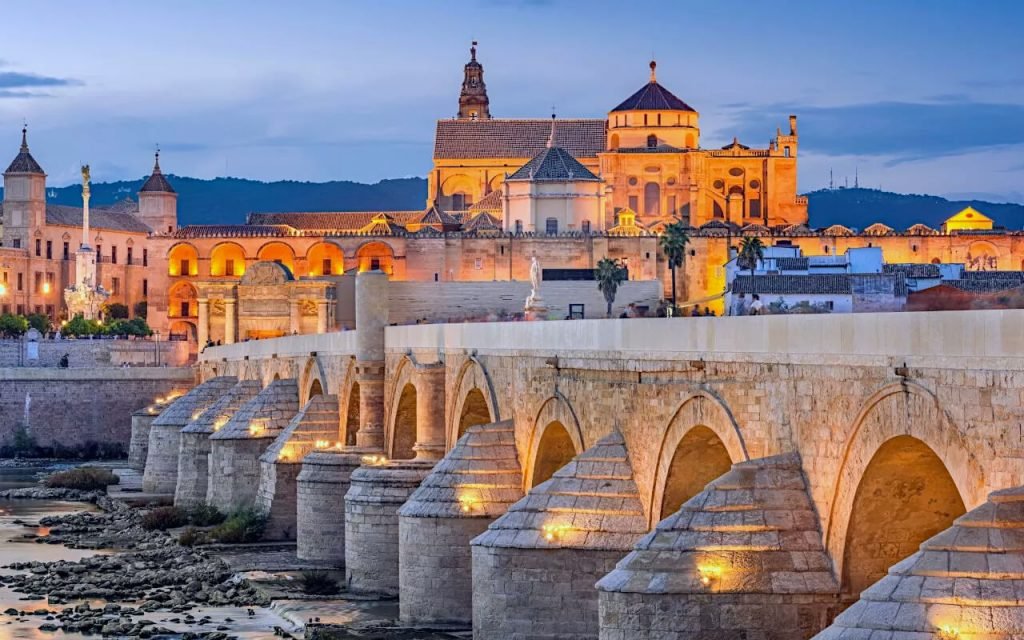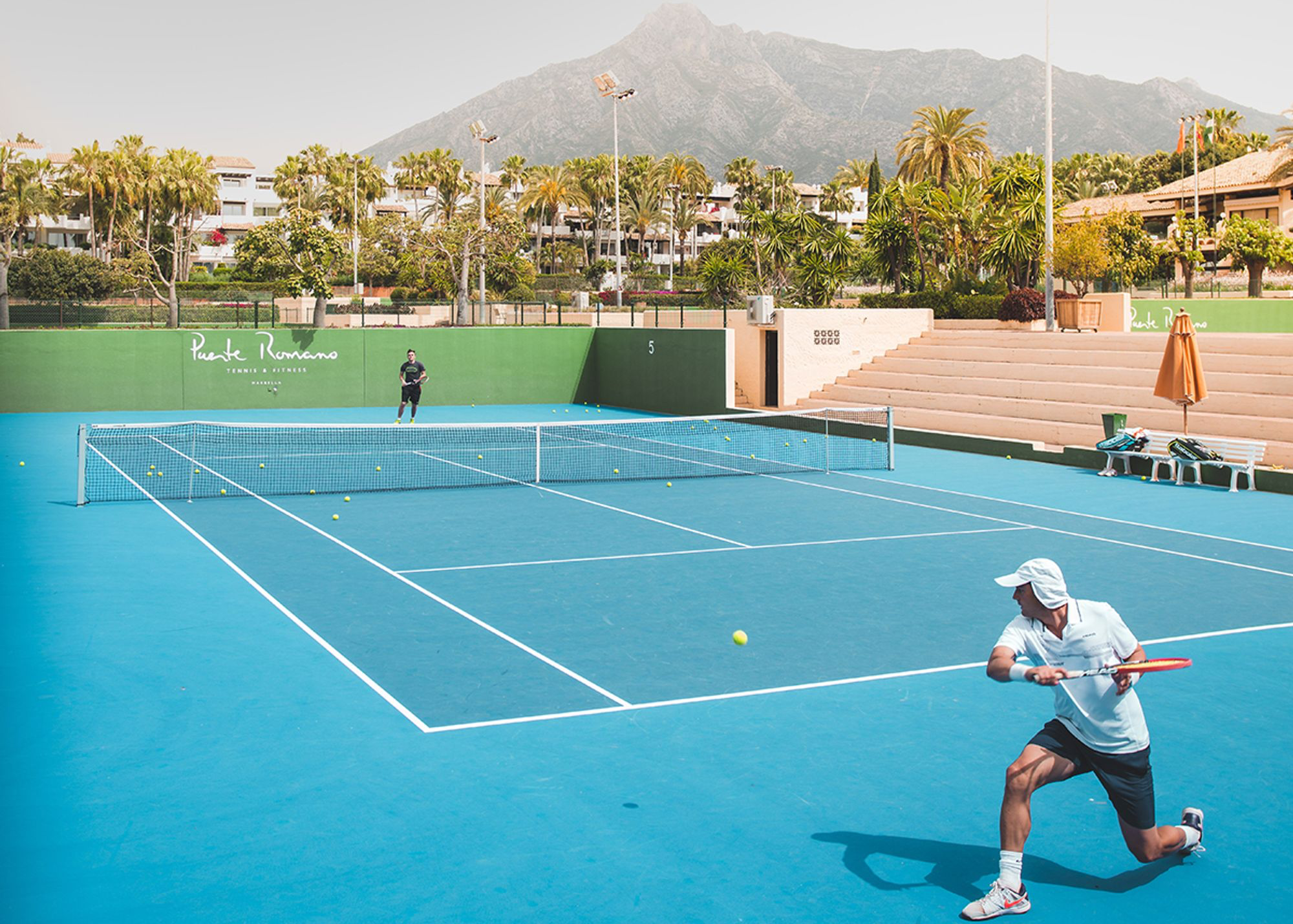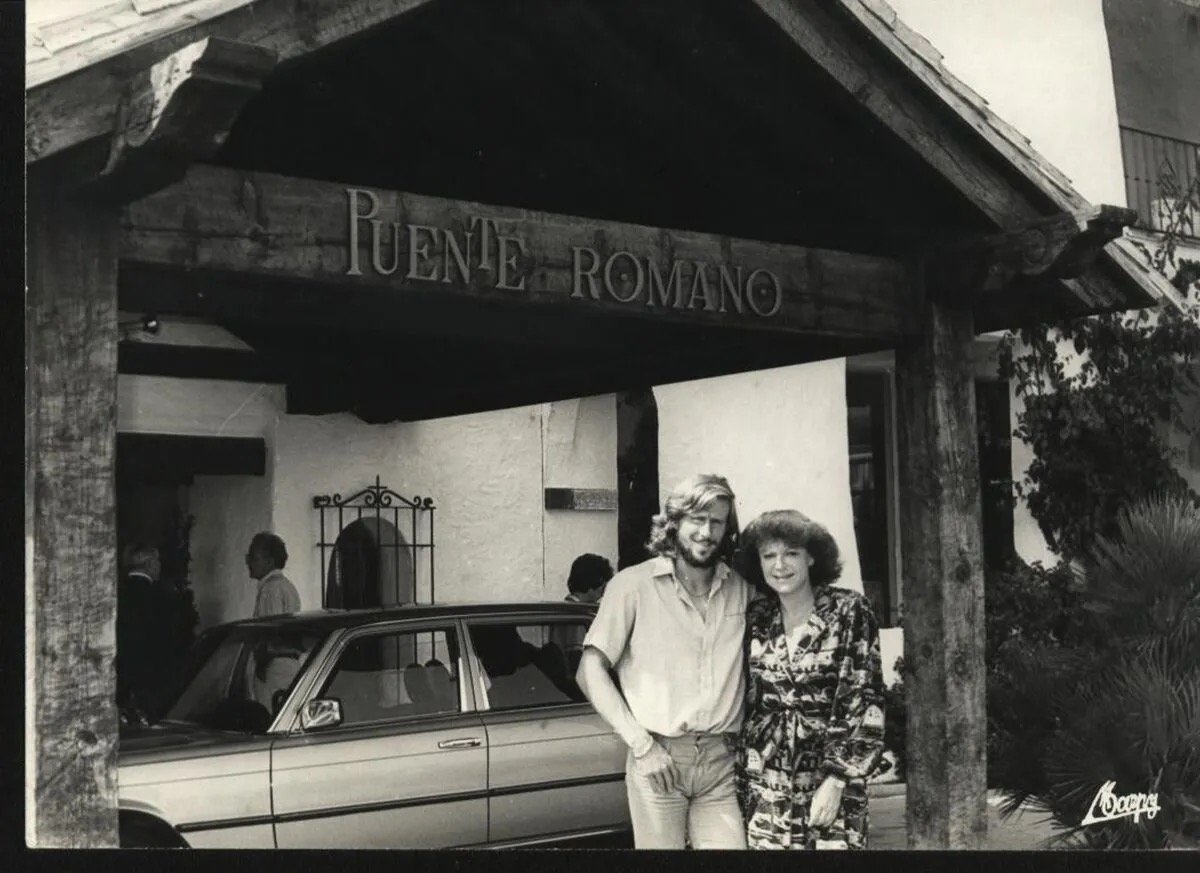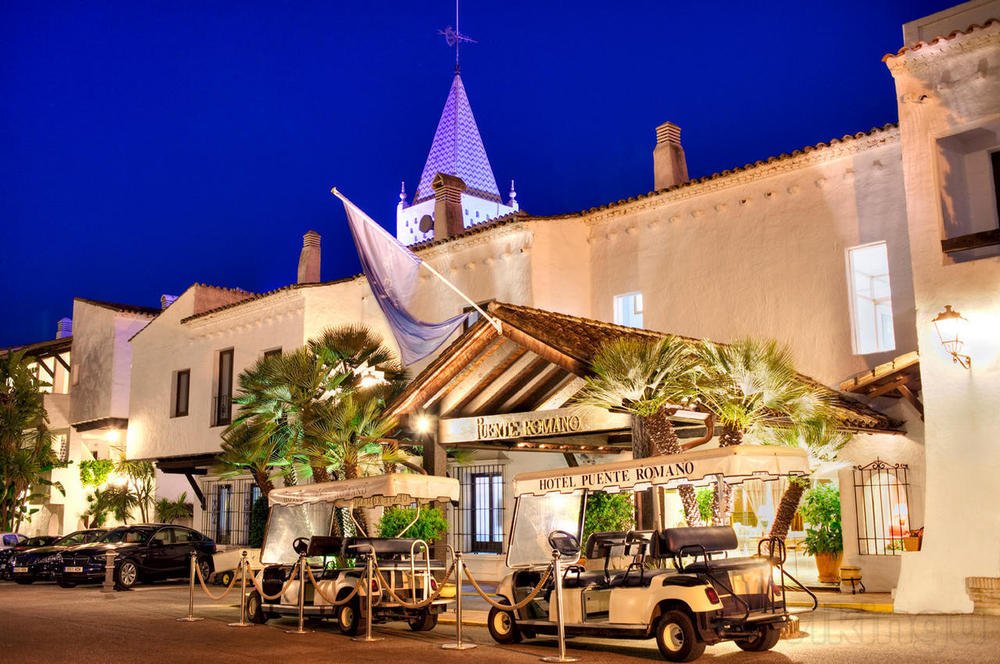Located on the beautiful coast of Marbella, Spain, Puente Romano Beach Resort is a symbol of luxury and elegance. Steeped in history dating back to ancient times, this resort effortlessly combines its rich cultural heritage with modern sophistication, creating a unique experience that draws visitors from across the globe.From its origins as a Roman bridge to its current status as a premier luxury resort, Puente Romano has a story to tell – a story of transformation, innovation and the enduring allure of the Mediterranean.

The Historical Roots of Puente Romano
The name “Puente Romano” translates to “Roman Bridge” and it is no coincidence. The resort is named after an ancient Roman bridge that is still located on the property. This historic bridge was part of the ancient road that connected Rome with the southern part of Spain, a testament to the strategic importance of this region in antiquity. The remnants of the bridge serve as a reminder of Marbella’s historical significance and its connection to the Roman Empire.The bridge was built in the 1st century AD during the reign of Roman Emperor Augustus. The structure itself is a marvel of ancient engineering, showcasing the skill and precision of Roman builders. Over the centuries, this bridge has witnessed the flow of history – from the days of the Roman Empire, through the Islamic period in Spain and into the modern era. Today, it stands as a symbol of the enduring legacy of the past and the foundation upon which the modern resort has been built.
The Transformation into a Luxury Resort
The transformation of Puente Romano from a historical site to a luxury resort began in the 1970s. Prince Alfonso von Hohenlohe, a visionary aristocrat who was instrumental in developing Marbella into a luxury destination, recognized the potential of this location. In 1974, he established the Puente Romano Beach Resort, blending the natural beauty of the area with the opulence and comfort that would attract high-profile guests from around the world.Prince Alfonso’s vision was to create a Mediterranean village-style resort that would offer an intimate and exclusive experience. The resort’s design reflects Andalusian charm, with white-washed buildings, lush gardens and cobblestone pathways that lead to various amenities and accommodations. Over the years, Puente Romano has expanded and evolved, incorporating modern luxury while maintaining its traditional aesthetic. Today, it boasts world-class facilities, including fine dining restaurants, a beach club, wellness center and luxurious suites and villas that offer stunning views of the Mediterranean Sea.
Puente Romano Tennis Club: A Legacy of Excellence
 Tennis Court in Puente Romano
Tennis Court in Puente RomanoOne of the standout features of Puente Romano is its renowned Tennis Club. Established in the 1970s alongside the resort, the Puente Romano Tennis Club has become a central hub for tennis enthusiasts and professionals alike. The club features ten courts, including eight clay courts, two hard courts and a central court with seating for up to 2,500 spectators, making it ideal for international tennis tournaments and events.
 Former World Nº. 1 tennis player Björn Borg with Regine at Puente Romano in the 80’s
Former World Nº. 1 tennis player Björn Borg with Regine at Puente Romano in the 80’sThe history of the Tennis Club is closely linked with the legendary Swedish tennis player Björn Borg. Borg, a five-time Wimbledon champion, chose Puente Romano as his training ground during the peak of his career. His association with the club elevated its status, attracting other top players and turning it into a prestigious training and competition venue. Over the years, the Tennis Club has hosted numerous high-profile tournaments, exhibitions and events, solidifying its reputation as one of the leading tennis facilities in Europe.Today, the Puente Romano Tennis Club continues to thrive, offering world-class coaching, training programs, and facilities that cater to players of all levels.
 El Chringuito in Puente Romano
El Chringuito in Puente RomanoIn addition to its rich history and luxury accommodations, Puente Romano is also known for its exceptional dining experiences. One of the most popular dining venues at the resort is El Chiringuito, a beachside restaurant that offers a relaxed and inviting atmosphere. True to its name, which means “beach bar” in Spanish, El Chiringuito captures the essence of Mediterranean living with its stunning beachfront location and laid-back vibe.El Chiringuito serves a variety of dishes that celebrate the flavors of the Mediterranean. The menu features fresh seafood, grilled meats, salads, and traditional Spanish tapas, all prepared with the finest local ingredients. Guests can enjoy their meals while taking in the breathtaking views of the sea, making it a perfect spot for a leisurely lunch or a romantic dinner. The combination of exquisite cuisine, beachfront setting, and warm hospitality makes El Chiringuito a must-visit destination for food lovers.
La Plaza: The Heart of Puente Romano

At the heart of Puente Romano lies La Plaza, a vibrant social hub that brings together guests, visitors, and locals alike. La Plaza is a lively square surrounded by a variety of restaurants, bars, and boutiques, offering a dynamic mix of dining, entertainment, and shopping experiences. The square comes alive in the evening, with live music performances, cultural events, and a lively atmosphere that captures the essence of Marbella’s nightlife.*”La Plaza is the beating heart of Puente Romano. The ambiance is electric, and there’s always something happening. It’s the perfect place to meet friends, enjoy a gourmet meal, or simply soak up the atmosphere. Once you’ve experienced it, you’ll want to come back again and again.” *Says Emma at AMEALa Plaza offers a diverse range of culinary options, from sushi and Italian cuisine to modern fusion dishes. Each restaurant offers a unique dining experience, reflecting the cosmopolitan nature of the resort. Whether one is looking for a casual meal, a fine dining experience, or a place to enjoy a cocktail, La Plaza has something for everyone. It is the perfect place to unwind, socialize, and immerse oneself in the vibrant energy of Puente Romano.
